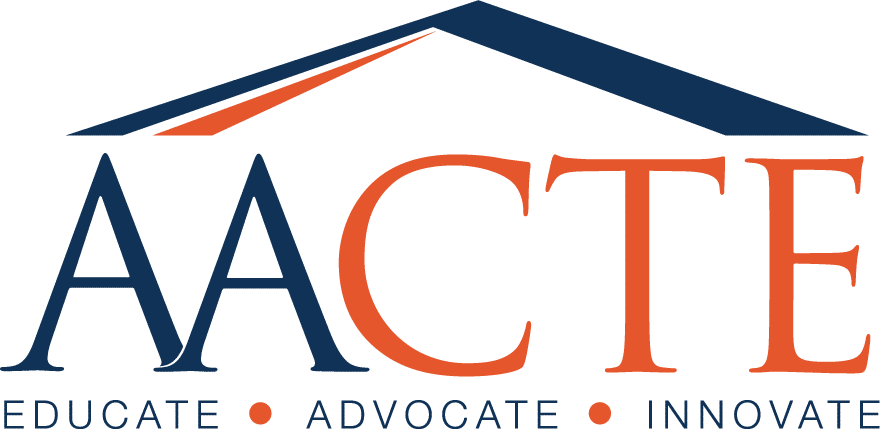Will We Have Enough Teachers to Support Our Public Schools?
Each year, our nation’s PK-12 schools rely on colleges of teacher education to prepare thousands of new teachers. Between 2010 and 2019, the number of students enrolled in public elementary and secondary schools is expected to grow from 55 to 58 million. Already, schools in high-need urban and rural areas struggle to recruit and retain enough qualified teachers, and many districts do not have sufficient special education or STEM specialists to serve student needs. Amidst these growing needs, however, enrollment in teacher preparation programs nationwide is falling, and data from AACTE’s 800 member institutions show reductions over the last decade in both undergraduate and graduate programs. What’s at the root of this worrisome decline, and how can we start to turn the tide?
It’s likely that the recent recession has contributed to the problem. Per-pupil spending is down in many states, and hundreds of thousands of jobs have been cut since 2008—trends that would be hard to miss for students with even a passing interest in or connection to the field. Indeed, local teaching jobs have declined by about 20% since the federal stimulus program came to a close. Would-be traditional teaching candidates may have sought more stable and lucrative career paths as they faced a down economy.
While a dispassionate reading of the economic tea leaves offers a possible explanation for declining enrollment, it is hard to ignore the constant barrage of negative, “blame and shame” teacher stories presented in the mainstream media. Story after story disparages teachers and the profession generally, devaluing the skill and knowledge base that so many bring to the classroom. Alternative programs are held up as the solution, even as many fail to provide sufficient or specialized preparation or teachers committed to the profession for more than a short period of time.
At the same time, practicing teachers have faced an increasingly challenging set of federal and state regulations. From No Child Left Behind and Race to the Top to the Common Core State Standards, teachers of every subject area and grade level have had to significantly adapt their practice to meet changing expectations and accountability systems. Today, almost every state has tied teacher evaluations to student performance on high-stakes tests. Even if we agree that some degree of accountability is essential at every level, we can’t ignore the impact that increasingly stringent requirements must have on the morale of current teachers and the impression that prospective teachers have of the field. This is especially true for the teaching candidates we need the most—those interested in developing specialized certifications in areas such as special education or STEM subjects.
Regulatory pressures, negative publicity, and economic declines may all be contributing to the decreasing enrollment numbers we’re seeing across many colleges of teacher education. And yet, we need—now more than ever—our best and brightest to commit to leading our nation’s classrooms and prepare students for college and careers.
While we wait to see what emerges from the Administration’s pending regulations for teacher preparation programs, we should continue to champion the federal programs that we know hold significant promise for retaining and expanding the teacher pipeline. TEACH grants, for example, provide financial support to candidates who commit to working in high-need schools after graduation. And the Teacher Quality Partnership (TQP) program pairs colleges of education with local school districts, offering intensive and hands-on training to teacher candidates and an opportunity to shape the educator workforce to schools’ specific needs.
Beyond supporting these landmark programs, I believe we have a responsibility—as leaders, practitioners, and concerned citizens—to shape a new narrative around teachers and teaching if we want to ensure the health of this sector and the success of new generations of students. Far from sweeping critiques under the proverbial rug, we should be highlighting (as the Get It Right: Common Sense on the Common Core series does so well) the many ways in which teachers themselves, PK-12 schools, and higher education are partnering and working to improve student outcomes every day. Together, we can learn from both success and challenges in a way that inspires students to enter and persist in a field that is arguably more critical than any other to our collective future.
Tags: data, membership, workforce development






